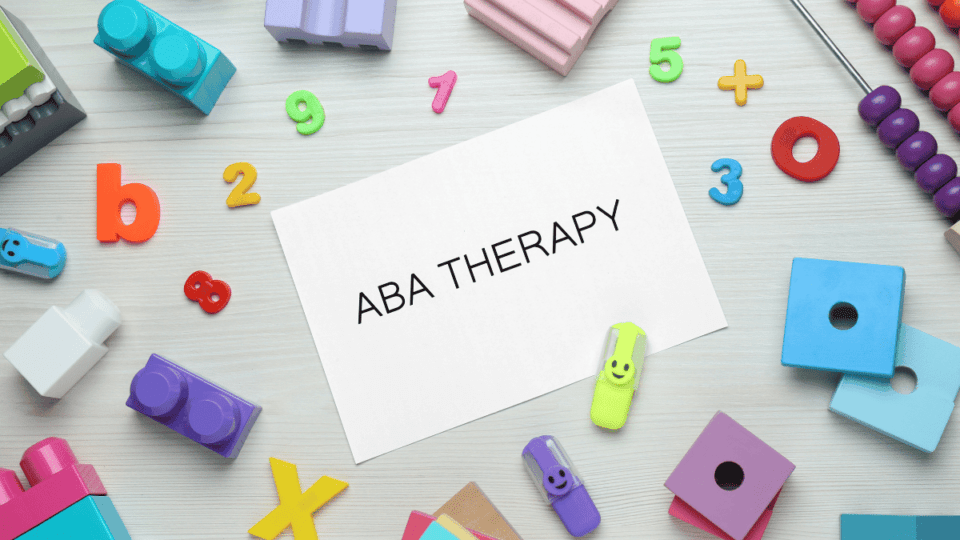In Applied Behavior Analysis (ABA) therapy, technology, and apps have emerged as powerful tools, offering innovative opportunities and challenges. As ABA therapists and educators seek to provide the most effective interventions for individuals with autism spectrum disorder (ASD) and other developmental disorders, the incorporation of technology into therapeutic practices has become increasingly common.
Bayan Jaber, an Educational Psychology and Applied Behavior Analysis professional based in Summerville, South Carolina, is among those who recognize the potential of these digital advancements. With a robust academic background, including a Master’s degree in Education Psychology/BCBA from Wayne State University and a B.A. in Criminal Justice from Saint Elizabeth University, Jaber has cultivated a deep understanding of the interplay between behavioral science and educational technologies.
The Potential Benefits of Using Technology in ABA Therapy
The use of apps and technology in ABA therapy offers several significant advantages. Firstly, digital tools can provide personalized learning experiences. Many apps are designed with adaptability, allowing therapists to tailor the content and pace according to each learner’s needs. This customized approach can be particularly beneficial for individuals with ASD, as it accommodates their unique learning styles and preferences.
Moreover, technology can facilitate engagement and motivation. Interactive and multimedia elements like games, animations, and videos can capture learners’ attention more effectively than traditional methods. For many individuals undergoing ABA therapy, these engaging features can enhance their motivation to participate in therapeutic activities, potentially improving outcomes.
Accessibility is another critical benefit. Technology can make ABA therapy more accessible to individuals who may not have easy access to face-to-face therapeutic services. Apps and online platforms can provide valuable resources and support to individuals in remote or underserved areas, breaking down barriers to care.
The Drawbacks of Using Technology in ABA Therapy
Despite its potential benefits, the use of technology in ABA therapy also has drawbacks. One primary concern is the risk of overreliance on digital devices. Excessive screen time can lead to adverse outcomes, including reduced physical activity and potential delays in developing social skills. Therapists must carefully balance the use of technology with other therapeutic activities that promote physical engagement and interpersonal interactions.
Another challenge is the variability in the quality of available apps and digital tools. Not all technology designed for ABA therapy meets the same effectiveness and evidence-based practice standards. Therapists and educators must critically evaluate digital resources to ensure they select tools grounded in research and best practices in ABA.
Tips for Safe and Effective Use of Technology in ABA Therapy
Several strategies can be adopted by practitioners like Bayan Jaber and others who want to integrate technology into their therapeutic practices effectively. First, it’s crucial to set clear goals for using technology. Identifying specific objectives, such as improving communication skills or increasing engagement in learning activities, can help guide the selection of appropriate digital tools.
Incorporating technology as a complement to traditional therapy methods, rather than a replacement, is also essential. Blending digital resources with hands-on activities and personal interactions can create a more balanced and holistic therapeutic experience.
Additionally, monitoring screen time and ensuring digital interactions are meaningful and purposeful can mitigate some risks associated with technology use. Establishing limits on screen time and choosing high-quality, engaging apps that support therapeutic goals can help maintain a healthy balance.
Finally, ongoing evaluation and adaptation are critical. As with any therapeutic tool or intervention, it’s essential to assess the impact of technology on individual learners regularly. This includes soliciting feedback from individuals and their families, tracking progress toward goals, and making adjustments to ensure that technology use remains effective and aligned with best practices.
Conclusion
Integrating apps and technology into ABA therapy offers a promising avenue for enhancing therapeutic outcomes. However, it requires a careful and informed approach. With their deep understanding of behavioral science and educational technology, professionals like Bayan Jaber play a crucial role in navigating this evolving landscape. By leveraging the benefits of digital tools while being mindful of their limitations, therapists can harness technology to enrich the therapeutic experience for individuals with ASD and other developmental disorders, fostering growth, learning, and engagement in innovative ways.


